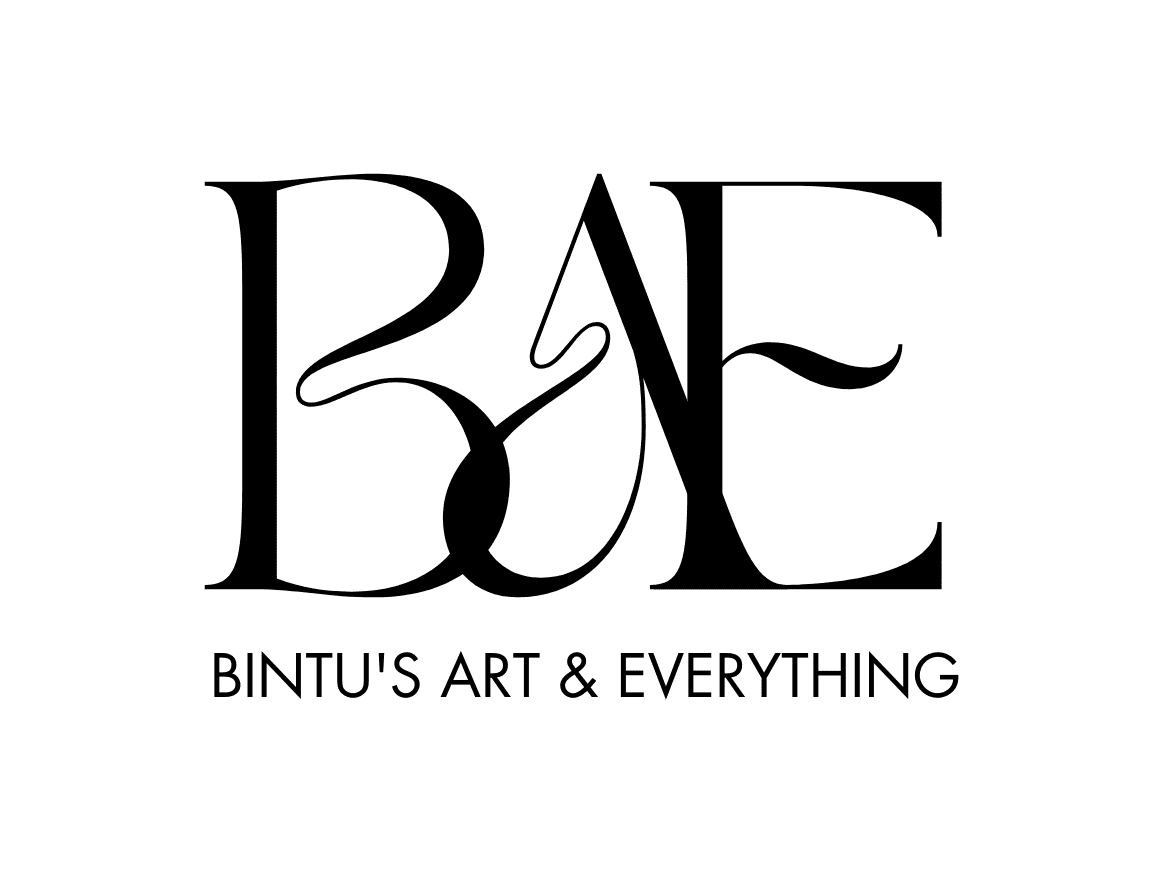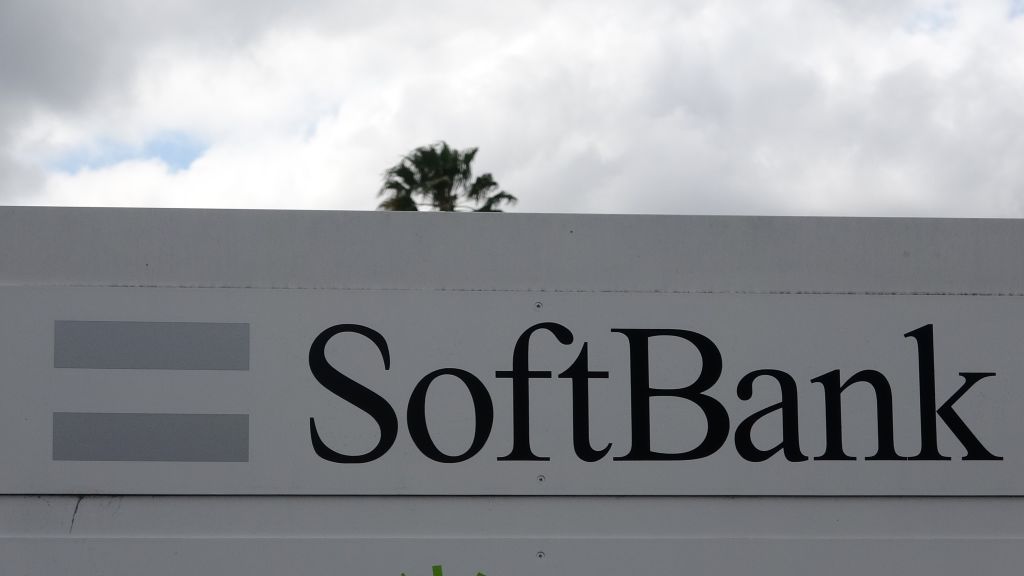For years, SoftBank has been known as one of the biggest risk-takers in the tech world. From huge bets on startups to massive losses, the company has seen both extremes. Now, SoftBank is back in the spotlight again, this time for its new partnership with OpenAI. The two companies have announced a joint venture called “Crystal Intelligence,” which aims to sell enterprise AI tools in Japan.
At first glance, this looks like another smart move in the growing world of artificial intelligence. But many experts believe it also shows how deep the current AI hype cycle has gone. Some say it is less about building real value and more about big companies moving money in circles.
SoftBank and the AI Boom
SoftBank has been one of the biggest players in the AI investment scene. Through its Vision Fund, the company poured billions of dollars into tech startups that promised to change the world. Some succeeded, while others failed.
Now, SoftBank wants to rebuild its image as a leader in the new AI age. By teaming up with OpenAI, it wants to bring cutting-edge technology to Japan’s businesses. “Crystal Intelligence” will focus on enterprise tools, meaning AI services that help companies run better, faster, and smarter.
This could be a big move for Japan, which is eager to boost its digital capabilities. But at the same time, investors are asking if these kinds of deals are really about progress or if they are just another layer in the AI investment bubble.
The Bubble Worries Are Real
Over the past few months, several tech stocks linked to AI have taken a hit. SoftBank’s own shares recently dropped 10 percent in one day, wiping out more than 23 billion dollars in market value. This decline came as investors started worrying that AI valuations have gone too far.
Many AI companies are trading at prices that don’t match their earnings. Analysts say the situation looks very similar to the dot-com bubble of the late 1990s, when internet companies were valued based on dreams rather than real profits.
When you look at the numbers, it becomes clearer why some are nervous. Arm Holdings, the chip company controlled by SoftBank, also saw its shares fall. Other AI-linked firms like Nvidia, Palantir, and AMD have also seen sudden drops after big gains earlier in the year.
What Is the AI Hype Cycle?
The AI hype cycle is a term used to describe the wave of excitement that builds around new technology. In the beginning, people believe AI can solve everything. Companies rush to invest, startups raise millions overnight, and the market grows fast.
But over time, expectations rise too high. When results do not match the hype, investors start to lose confidence. Prices fall, and the cycle resets. The same thing happened during the dot-com era, and many believe AI could be heading in that direction.
SoftBank’s new partnership with OpenAI fits perfectly into this story. On paper, it looks great. In reality, it could be another sign that too much money is chasing too few real solutions.
What Experts Are Saying
Some financial experts think this correction is temporary. They believe investors are simply taking a breather after months of heavy excitement. Dan Ives, a well-known market analyst, said the recent selloff is not the start of a big crash but a normal market reaction to fast growth.
However, others are not so sure. People like Michael Burry, famous for predicting the 2008 financial crisis, have already placed bets against top AI companies like Nvidia and Palantir. That alone shows that even the smartest investors are unsure where the AI market is heading.
Jared Bernstein, who worked as an economic advisor during the Biden administration, pointed out that the share of the economy now focused on AI investment is already higher than what it was during the internet bubble. This makes the situation even more worrying for some observers.
The Bigger Picture
SoftBank’s role in all this is complicated. The company is both a major investor and now a direct partner in building AI products. That means its success depends on the same hype it is helping to create.
Critics say this setup is risky. When big companies invest in each other, it can make it harder to see where real growth is coming from. The money keeps moving around the same circle of firms, creating the illusion of progress even when profits are not there yet.
Still, SoftBank’s move shows that the race to dominate AI is far from over. Every major company wants a piece of the action. OpenAI gets access to the Japanese market, while SoftBank gets to show it is still relevant in the world of innovation.
The Bottom Line
The future of the AI industry will depend on whether companies can turn their hype into real value. Investors will soon want to see proof that all these big projects are actually making money.
For SoftBank, the Crystal Intelligence partnership could be a major turning point. If it works, it could restore confidence in the company’s vision and leadership. If it doesn’t, it could become another symbol of how fast the AI bubble expanded and how quickly it might burst.
Either way, one thing is clear. The AI hype cycle has reached a critical moment. As SoftBank and OpenAI double down on big promises, the rest of the world is watching closely to see if this time, the story ends differently.
Also Read:Sam Altman says OpenAI has $20B ARR and about $1.4 trillion in data center commitments

